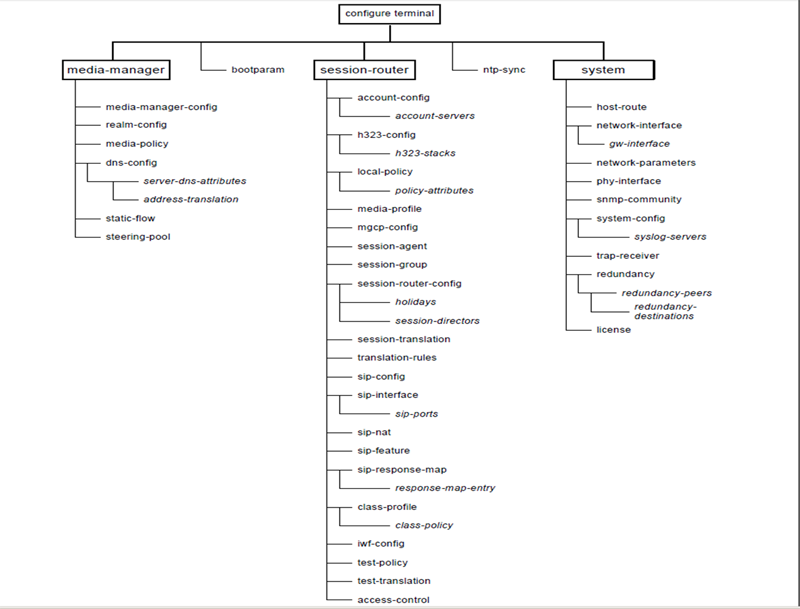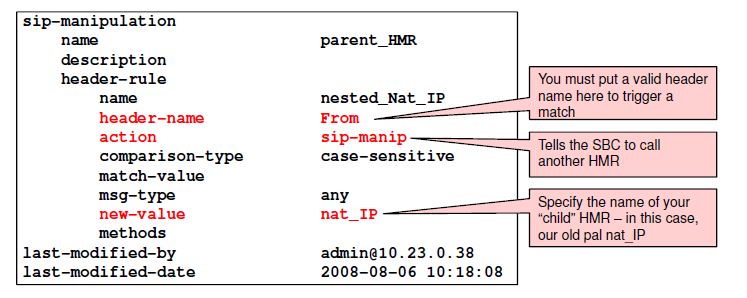What do i need to become a Data Scientist?
Data Science, Data Analytics, Big Data, Business Analytics.. these are the latest trend topics in the industry. I have followed up several courses in these matters during my MSc and Udacity program this year and realized the importance of subject. So which way and program should i follow? This is my development program due to my researches and advises which i ve taken from gurus.
1. Statistics:
First and most important is the stats knowledge.
a. Probability distributions. Tip : central limit theorem.
b. Simple Stats and Jargons:
Qualitative or quantitative data | Ratio/interval/ordinal/nominal data | Difference between population and sample – mean and variance | Skewness and Kurtosis | Standard deviation, mean, quartiles | Cheby Sheff’s Theorem, Coefficient of variation, Bayes law | Least square methods | Various Probability theory – classical/ Relative frequency/ subjective probability theory | Joint, marginal, conditional probability | Exclusive, […]



